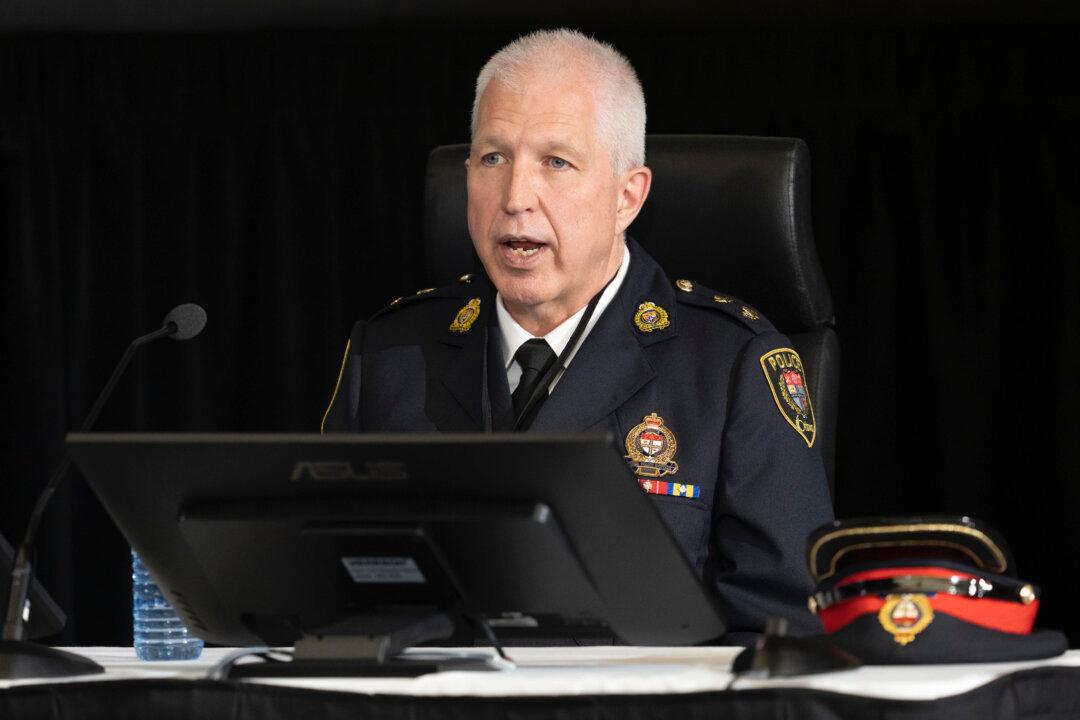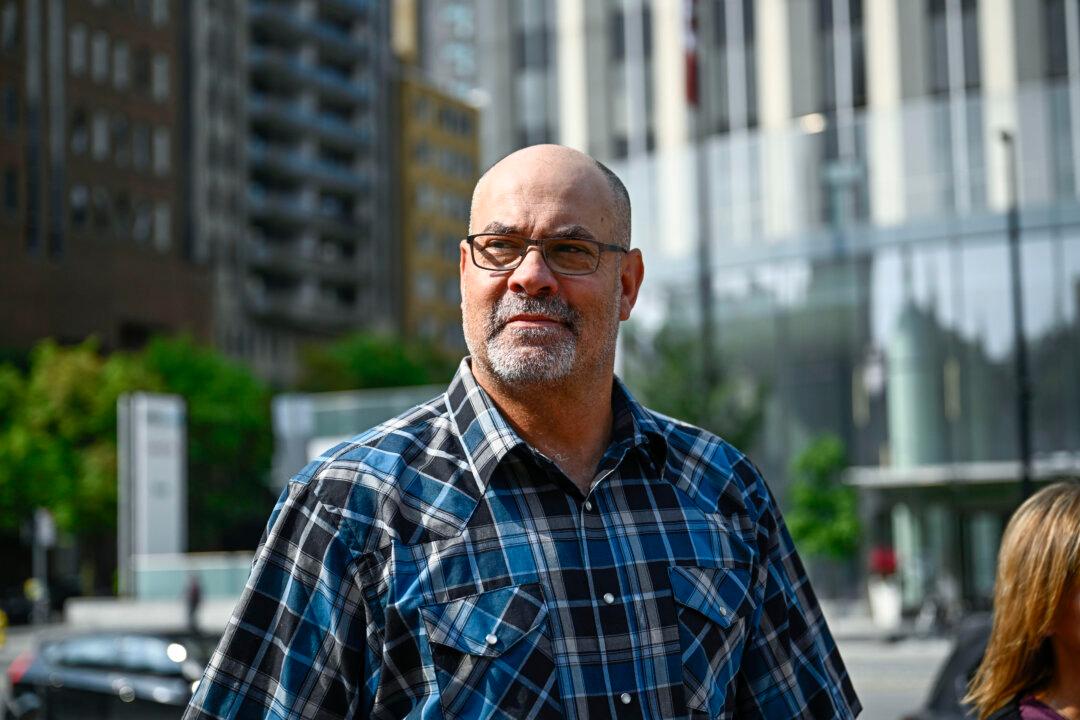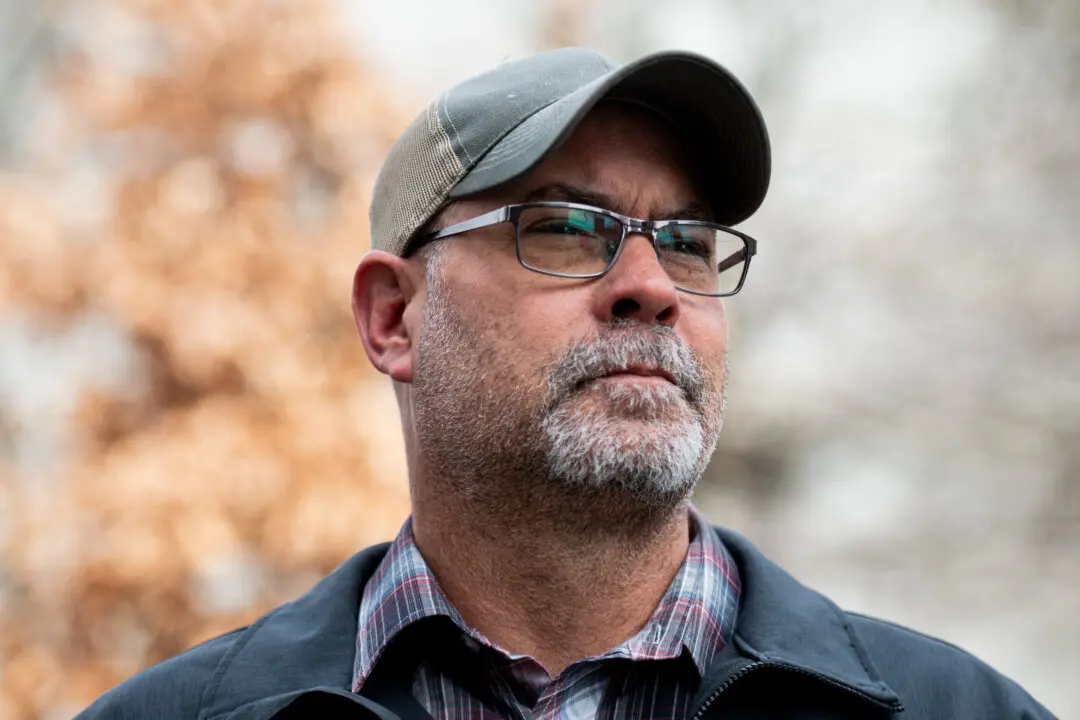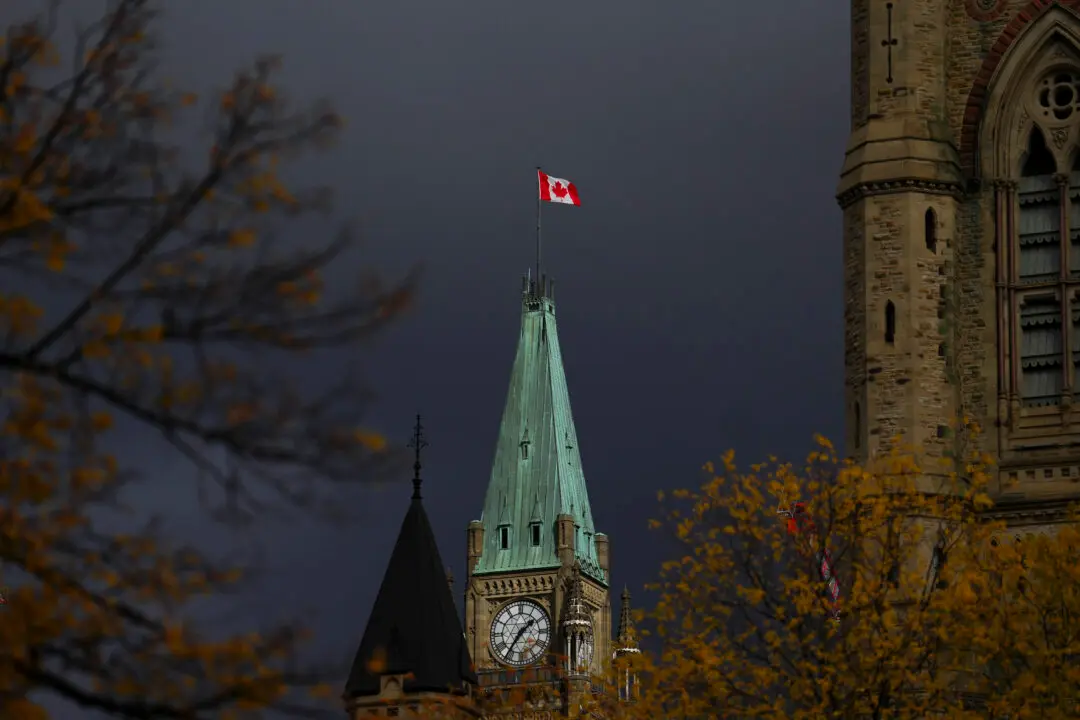OTTAWA—On the second day of the trial of Freedom Convoy organizers Tamara Lich and Chris Barber, an Ottawa Police Service (OPS) commander testified that negotiations between the police liaison team (PLT) and convoy organizers to “shrink the footprint” of the protest was blocked by the police chief at the time.
“The initial plan was we wanted to shrink the footprint, bring them back all into Wellington Street, which would mean I did not need as many officers to manage traffic and we could focus more on dealing with the core issues,” Operations Support Inspector Russell Lucas said at the Ottawa Courthouse on Sept. 6.





